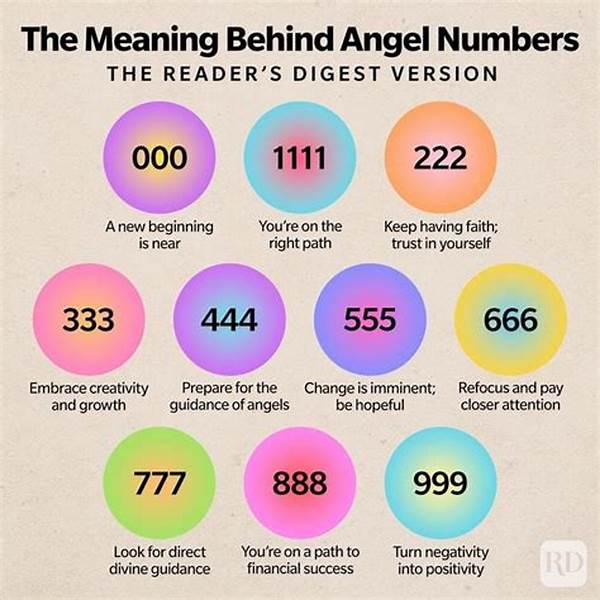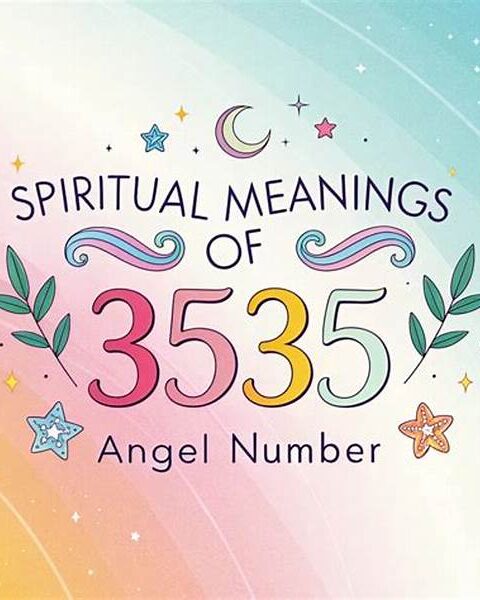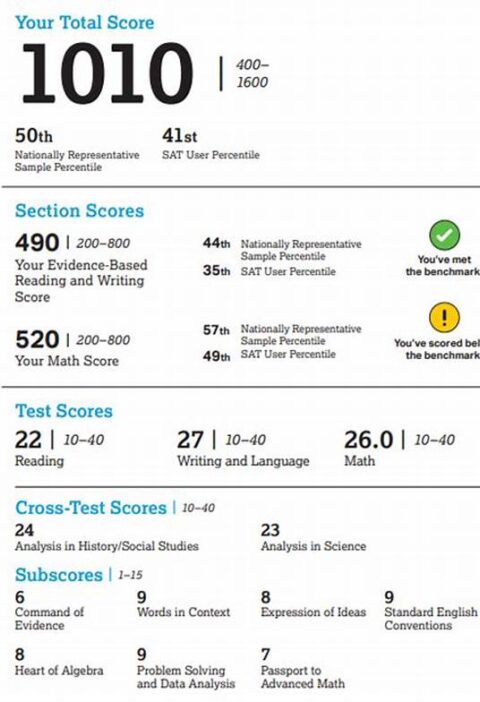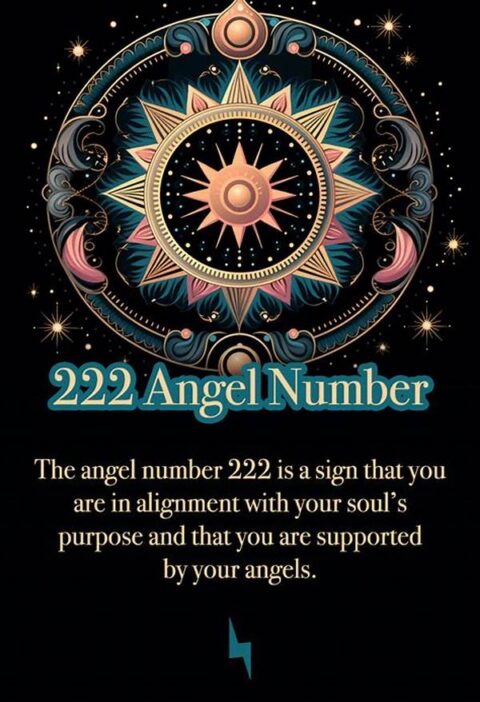Angel numbers have intrigued countless individuals across the globe, captivating both those who lean on empirical evidence and those who thrive on spirituality. This numerical phenomenon suggests that specific sequences, such as 111, 222, or 333, carry divine messages. While believers assert that these numbers are direct communications from celestial beings, skeptics view them through another lens entirely. In this deep dive into the science vs belief of angel numbers explained, we endeavor to comprehend both perspectives, illuminating the extensive debate that surrounds them.
Read More : Why 111 Is The Angel Number Of New Beginnings
Ever caught yourself staring at the clock at exactly 11:11 or addressing a receipt where the total rings up to 222? Many people believe these events aren’t mere coincidences but are instead angel numbers—messages from guardian angels trying to catch our attention. While spiritually inclined individuals find solace in these numbers, crediting them with spiritual guidance and life direction, others dismiss them as mere happenstance. The digital age, with its constant stream of data and numbers, has only added fuel to this mystical fire. Now, the question arises: are these numbers truly a beacon from the universe, or are they merely an example of selective attention enhanced by statistics?
Rational Interpretations and Logistical Fascinations
In our quest to unravel the mystery behind angel numbers, we can’t ignore the allure of both science and spirituality. Science offers an explanation grounded in psychology—our brains naturally seek patterns and attach meaning to repetitive occurrences, a phenomenon known as apophenia. This kind of pattern recognition is deeply rooted in human evolution, developed to detect threats and make quick decisions based on limited information. However, the emotional pull of angel numbers often holds people captive. They find comfort in the thought that there is a larger plan at play and that these numbers are the universe’s way of saying, “You are on the right path.” The reality is, the debate of the science vs belief of angel numbers explained isn’t solely about numbers; it’s about how we seek understanding and comfort in the unexplored.
The fascination with angel numbers often spins the compass between the domains of faith and reason, entangling the logical with the spiritual. Dr. Lara Simmons, a renowned psychologist, delves into this paradox. She argues that the human mind’s propensity to perceive patterns can make us see divine meaning in everyday events. In her words, “Our brains are wired to find order in chaos. When you see 222 multiple times in a day, your brain nudges you to think it’s worth considering.” But, herein lies a question: Is it merely a cognitive trick, or are these numbers genuinely messengers from above?
Understanding the “science vs belief of angel numbers explained” requires a hearty exploration of numbers not just as symbols but as cognitive constructs. To some, numbers and their occurrence in their lives carry a meaning beyond their quantitative value, becoming narrative and emotional experience. They might associate specific numbers with pivotal life events or positive outcomes, thus reinforcing their belief in angel numbers. On the other hand, scientific analysis would suggest a closer look at how memory biases play a role. Our brains, fantastic as they are, have a habit of recalling experiences that support our beliefs while dismissing contrary evidence—a concept known as confirmation bias.
A Look at Faith and Figures
In pursuing angel numbers, it’s essential to unravel faith’s innate interplay with mathematics and recurring phenomena. While science calls for empirical validation and repeatable experiments, spiritual realms indulge in personal revelations and subjective experiences. For many, the belief in angel numbers is akin to holding onto a personal comfort blanket, offering hope and guidance, especially in times of uncertainty. They act as a perceived connection to the divine, an invisible line to the cosmos hinting at future prospects, decisions, or revelations.
Bridging Belief and Reality
The journey of understanding the science vs belief of angel numbers explained demands both skepticism and openness. Embracing the mystical while respecting the scientific narrative ensures we enrich our perspective rather than narrow it. Our world thrives on contrasts, whether light and shadow, health and illness, belief and doubt. The dance between angel numbers and factual understanding creates a landscape where every number tells a story, urging us to look deeper, think wider.
Investigating the Symbolism
The symbolism surrounding angel numbers isn’t isolated. Numbers have always held significance in various cultures across centuries, often viewed as omens or divine messages. Angel numbers extend this legacy into the modern age, bridging the gap between ancient beliefs and contemporary life. This rich tapestry of interpretations invites individuals on a journey of self-discovery and connection with the universe.
However, one must tread carefully between the intersections of belief and skepticism. Dissecting the numbers can sometimes diminish their mystery—yet for some, it enriches their meaning. While to some, the phrase “the science vs belief of angel numbers explained” might seem inconsequential, it represents the vast skies of possibility where numbers dance, promising insights into the unknown.
A pressing question remains—does one have to choose between science and spirituality, or can they coexist when interpreting the angel numbers? While science might place angel numbers under cognitive psychology’s canopy, spirituality allows it to flourish under beliefs of cosmic significance. The endeavor of the science vs belief of angel numbers holds the key to our quest for meaning, urging a dance between logic and faith—a harmonious existence where the universe whispers secrets through every sequence of numbers, awaiting interpretation.
Points of Interest
Finding Belief in Numbers
In an ever-evolving landscape of thought, numbers reveal more than just calculations or sums—they narrate our interpretations of the universe and our place within it. Whether you lean towards the scientific or embrace spiritual understanding, the science vs belief of angel numbers explains our intrinsic need to find meaning in chaos. Each interpretation offers a new dimension to explore, a pathway to contemplate, and an opportunity to bridge the dichotomy between empirical facts and spiritual truths.






